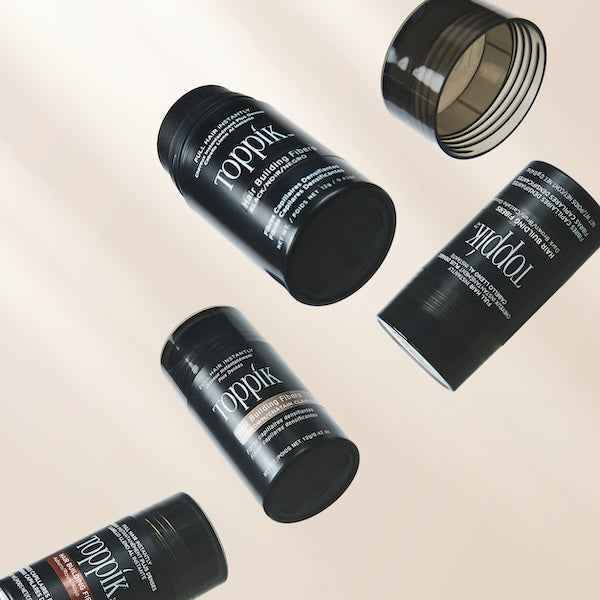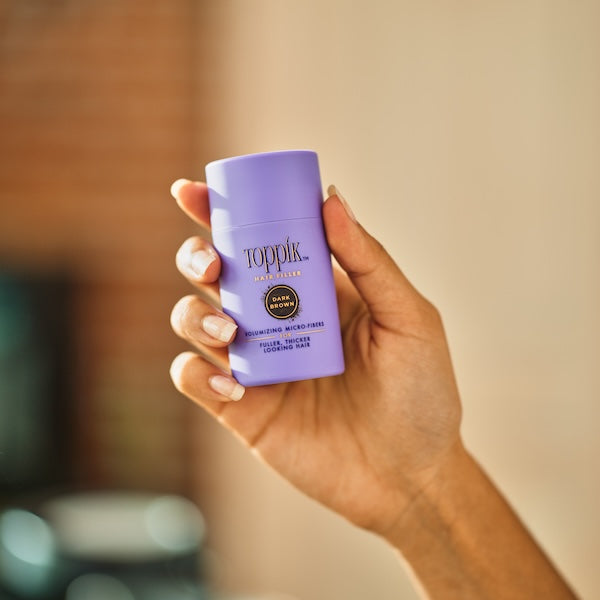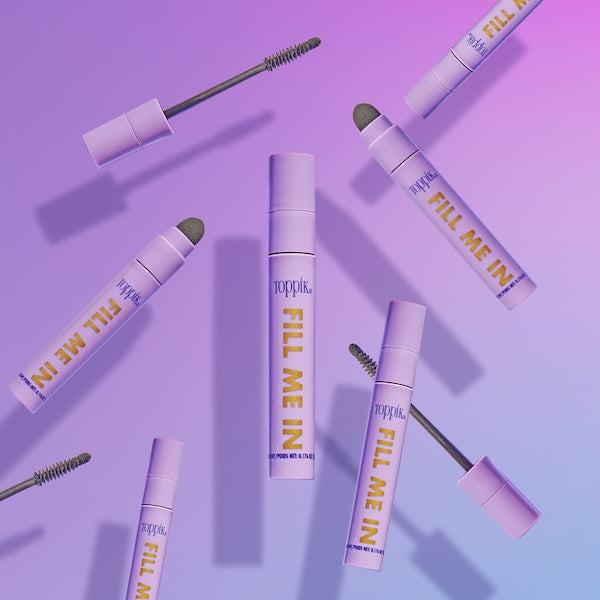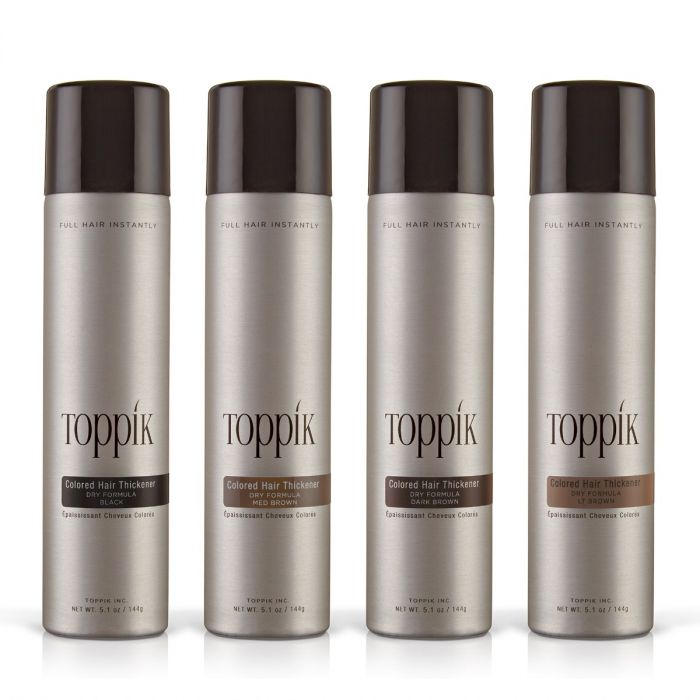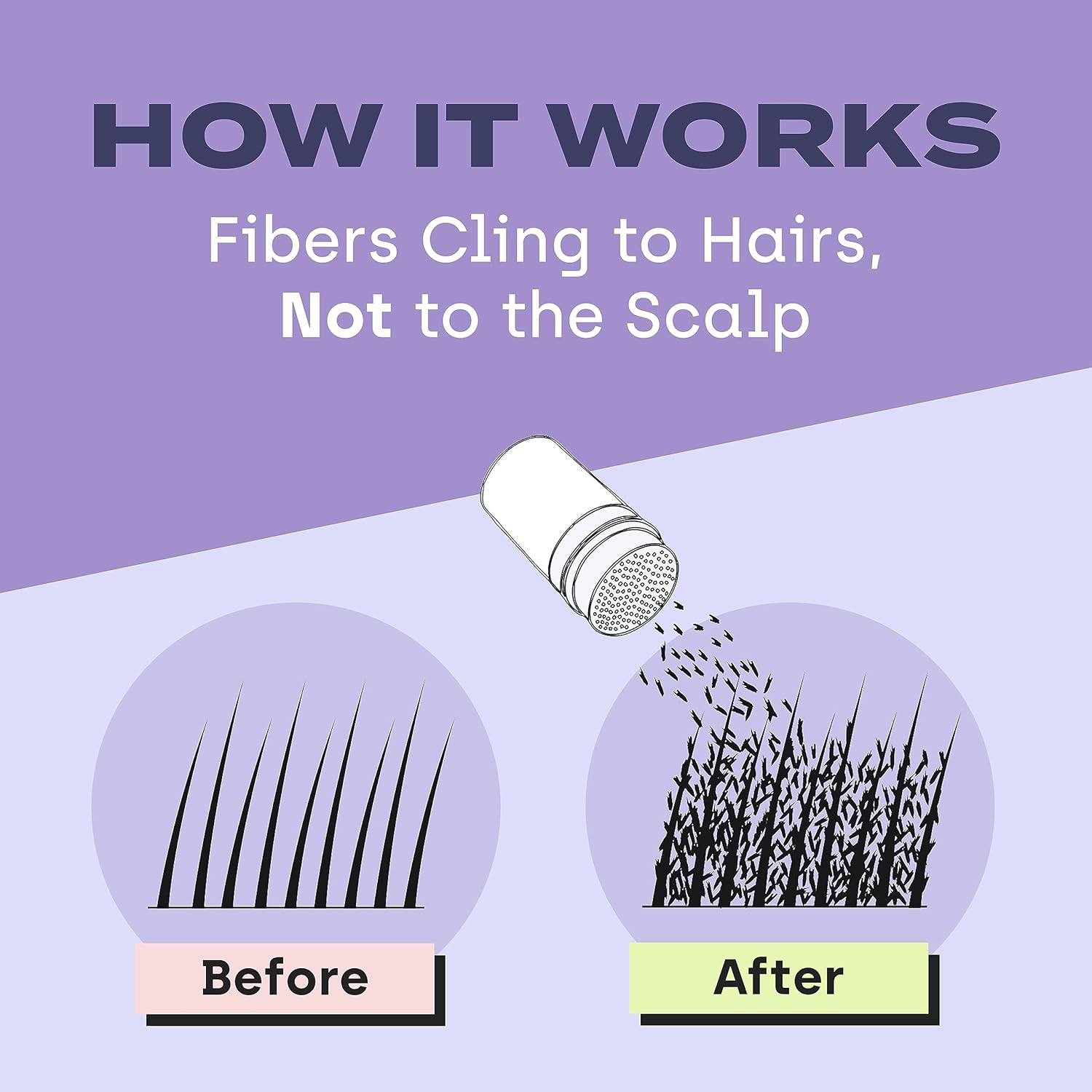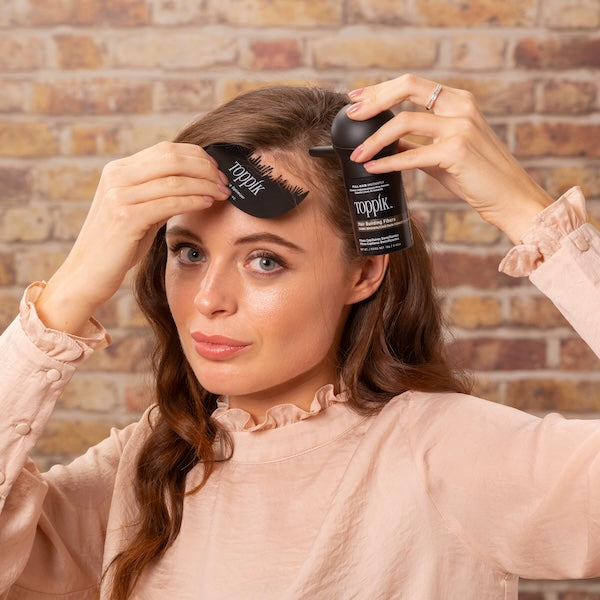What Is Scalp Folliculitis?
Scalp folliculitis is an infection of the hair follicles. The condition can affect any hair follicles on your body, including those on your scalp. Scalp folliculitis is often a temporary condition. However, more severe cases may permanently damage hair follicles and lead to hair loss if left untreated. So if you suspect scalp folliculitis, you should visit your doctor immediately. Scalp folliculitis is sometimes non-infectious. Excess oils on the scalp can clog the hair follicle, leading to acne-like inflammation. However, scalp folliculitis can also be caused by a virus, fungus, or bacteria. Remember, if you suspect you have scalp folliculitis, visit your dermatologist. They can diagnose the cause and recommend your best treatment options.Causes of Scalp Folliculitis
These are a few of the most common causes of folliculitis:- Bacterial infection – Scalp folliculitis can be caused by bacteria such as Staphylococcus aureus, which can enter the hair follicles and cause infection.
- Fungal infection – Certain fungi, such as Malassezia species, can infect the hair follicles on the scalp.
- Poor hygiene – Insufficient scalp hygiene, including infrequent washing, can contribute to developing scalp folliculitis by allowing bacteria or fungi to thrive.
- Excessive oil production – Overactive sebaceous (oil) glands in the scalp can create an environment favorable for the growth of bacteria and fungi.
- Irritation from hair care products – Certain hair products or ingredients can irritate the scalp and trigger folliculitis.
Symptoms of Scalp Folliculitis
The most common symptoms of scalp folliculitis include:- Small, red bumps or pimples on the scalp
- Itchy scalp
- Tenderness or pain in the affected area
- Pus-filled blisters or sores
- Hair loss or thinning in the affected area
- Swollen or inflamed hair follicles
- Redness
- Scaly or flaky patches
How to Identify Scalp Folliculitis
So how do you know if you have scalp folliculitis? You might see small spots on your scalp that resemble acne blemishes with rings of inflammation around the damaged or infected hair follicle.Treatment for Scalp Folliculitis
The treatment for scalp folliculitis depends on the underlying cause and severity of the condition. You can often manage mild cases with self-care measures like maintaining good scalp hygiene (more on that below) and avoiding irritating hair care products. In more severe or persistent cases, medical intervention may be necessary. That’s why it’s essential to consult a healthcare professional for an accurate diagnosis.How to Disguise Hair Loss from Scalp Folliculitis
If you’re experiencing hair loss from hair folliculitis, you can cover thinning and create the appearance of naturally fuller hair with Toppik Hair Building Fibers. Toppik Hair Fibers are made from keratin, the same type of protein that makes up your hair. Toppik Fibers cling to your existing hairs, blending undetectably and making hair look instantly thicker and fuller. The best part? Toppik Fibers resist wind, rain, and sweat, giving long-lasting results in all conditions. You don’t need to worry about getting caught in a rainstorm! Choose one of the nine Toppik Fibers shades that most closely matches your root color for best results. Apply using the shaker top or attach the Toppik Spray Applicator for a more precise application. Then, finish by spritzing the area with Toppik FiberHold Spray, which strengthens the bonds between fibers and hair for a longer-lasting hold plus a natural-looking shine.How to Improve Your Scalp Health
Of course, the best way to treat scalp problems is to prevent them from occurring in the first place. For severe skin and scalp conditions like folliculitis, see your doctor. But to keep your scalp health in tip-top shape in general, follow these tips:- Wash your hair 2-3 times weekly with a gentle shampoo like Viviscal Thickening Shampoo. This will help to remove excess dirt and oils from your scalp, which can contribute to scalp irritation. Use your fingertips to gently exfoliate your scalp while you shampoo to help remove dead skin that might clog hair follicles.
- Always follow shampoo with a moisturizing conditioner like Viviscal Strengthening Conditioner. Moisturizing your hair and scalp helps keep them looking and feeling healthy.
- Brush your hair with a natural boar-bristle brush once a day. This will help to exfoliate your scalp and distribute excess oil from your scalp down the hair shaft.
- Eat a healthy diet filled with lean proteins, healthy fats, vegetables, and fruits. Studies show that diet affects acne and other skin conditions. A good diet filled with vitamins and minerals helps your hair follicles to promote thick, healthy hair growth. Try a daily hair growth supplement to ensure you’re giving your strands what they need.

